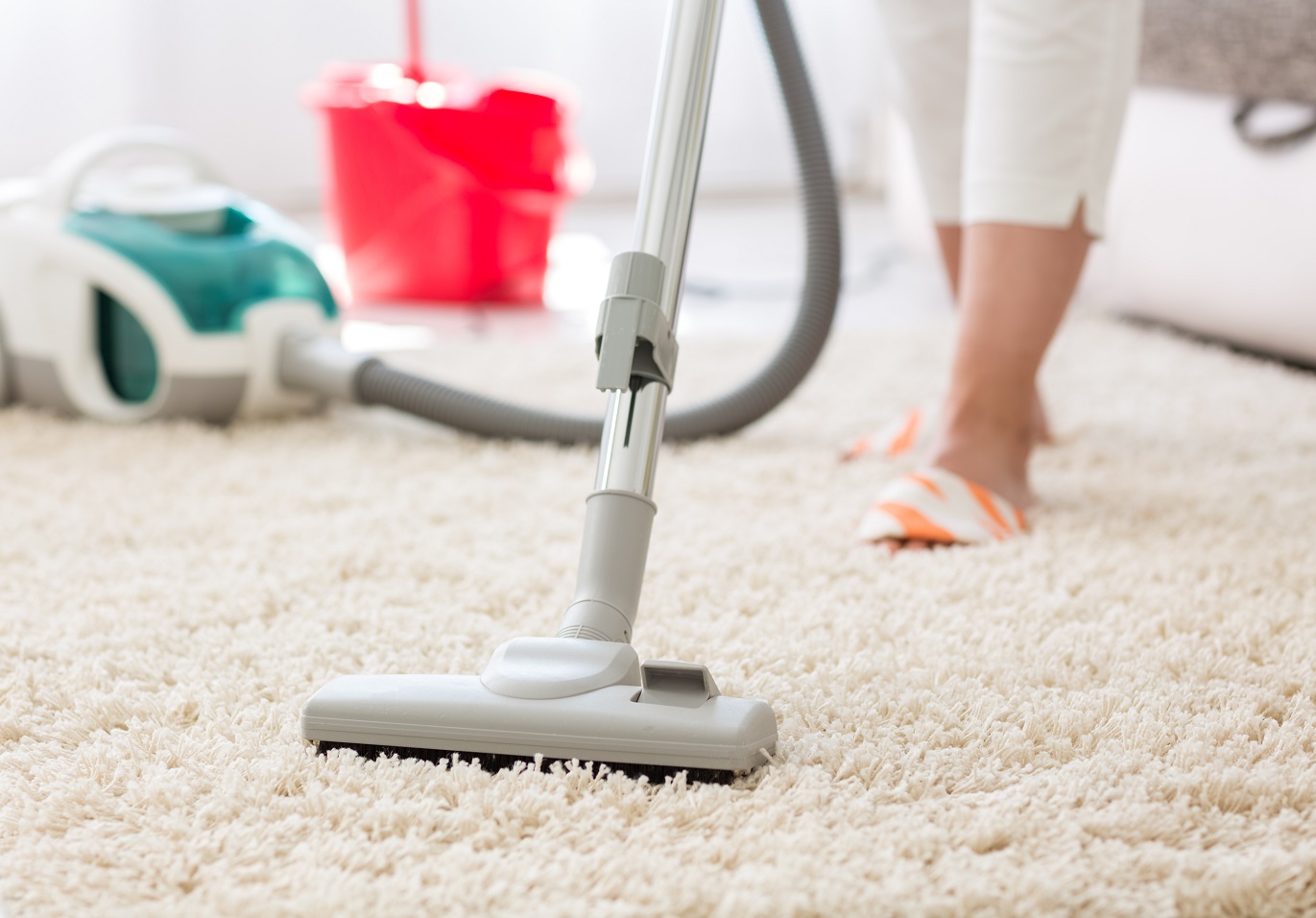Carpets are a staple in many homes and commercial spaces, offering warmth, comfort, and aesthetic appeal. However, they are also prone to accumulating dirt, dust, and allergens, which can impact indoor air quality and overall health. Professional carpet cleaning is more than just a deep scrub—it involves scientific methods designed to remove contaminants effectively while preserving the integrity of the fabric. Understanding how professional cleaners tackle dirt and allergens sheds light on the importance of regular carpet maintenance.
The Nature of Carpet Contaminants
Carpets act as giant filters, trapping various pollutants that enter a space. Dust, pet dander, mold spores, and bacteria can settle into carpet fibers, creating an environment that harbors allergens and pathogens. Spilled food and drinks add to the problem by providing moisture and organic matter, which can foster microbial growth. Foot traffic further embeds dirt and particles deep into the fibers, making it difficult to remove with standard vacuuming.
Professional carpet cleaning addresses these concerns by using specialized techniques that break down contaminants at a molecular level. The combination of heat, moisture, and chemical reactions allows for a thorough cleaning that eliminates unseen pollutants.
How Hot Water Extraction Works
One of the most effective cleaning methods used by professionals is hot water extraction, commonly referred to as steam cleaning. Despite its name, this technique does not solely rely on steam but rather a combination of hot water and powerful detergents.
The process begins with pre-treatment, where a cleaning solution is applied to break down stubborn dirt and stains. High-pressure hot water is then injected deep into the carpet fibers, loosening embedded particles. Immediately afterward, an extraction system vacuums out the water along with dirt and contaminants. The high temperature of the water helps kill bacteria and allergens, ensuring a hygienic environment.
This method is highly effective because it reaches the deep layers of the carpet, where most contaminants reside. Unlike surface cleaning techniques, hot water extraction removes not only dirt but also microscopic particles that contribute to allergies and respiratory issues.
The Role of Encapsulation Technology
Another advanced cleaning technique used by professionals is encapsulation. This method relies on specialized cleaning agents that form crystalline structures around dirt and stains. These micro-crystals encapsulate soil particles, preventing them from reattaching to the carpet fibers.
Once the cleaning solution dries, the encapsulated dirt can be easily vacuumed away. This approach is particularly useful for maintaining carpets between deep cleaning sessions, as it helps prevent rapid re-soiling. Encapsulation also minimizes moisture usage, making it an ideal choice for environments that require quick drying times.
The Importance of pH-Balanced Cleaning Solutions
The chemistry behind carpet cleaning plays a crucial role in achieving effective results. Cleaning solutions vary in pH levels, which determine their ability to dissolve different types of stains and residues. Professional cleaners assess the type of carpet material and the nature of the stains before selecting an appropriate cleaning agent.
Alkaline-based solutions work well for breaking down greasy stains and organic matter, while acidic solutions are effective in neutralizing mineral-based stains. Using the wrong pH balance can damage carpet fibers or cause color fading. That is why professionals carefully test and adjust their cleaning formulas to ensure optimal results without compromising the integrity of the carpet.

Allergen Removal and Indoor Air Quality
Beyond dirt and stains, carpets can harbor allergens that negatively impact indoor air quality. Dust mites, pollen, and pet allergens accumulate over time, triggering respiratory issues for sensitive individuals. Professional cleaning methods target these allergens using high-efficiency particulate air (HEPA) filtration vacuums and antimicrobial treatments.
HEPA vacuums capture microscopic allergens, preventing them from being released back into the air. Additionally, antimicrobial treatments help eliminate bacteria, mold spores, and fungi that thrive in damp carpet environments. These measures significantly improve indoor air quality, creating a healthier living or working space.
Dry Cleaning Methods for Carpet Maintenance
While steam cleaning and encapsulation are common deep-cleaning methods, professionals also use dry cleaning techniques for carpets that require minimal moisture exposure. Dry carpet cleaning involves using absorbent compounds that bind to dirt and stains, which are then removed with powerful vacuuming.
This method is particularly beneficial for delicate carpets that may shrink or lose texture when exposed to excess water. Dry cleaning is also a convenient option for spaces that need a quick turnaround time, as carpets can be used almost immediately after cleaning.
The Impact of Regular Professional Cleaning
Regular carpet cleaning is essential for extending the lifespan of carpets and maintaining a clean indoor environment. Over time, accumulated dirt and debris wear down carpet fibers, leading to premature deterioration. Professional cleaning not only removes contaminants but also helps restore the texture and appearance of the carpet.
Many homeowners and businesses schedule professional cleaning at least once or twice a year, depending on foot traffic and environmental factors. Areas with high usage, such as offices and commercial spaces, may require more frequent cleaning to prevent deep-seated dirt from becoming a permanent issue.
Leave a Reply